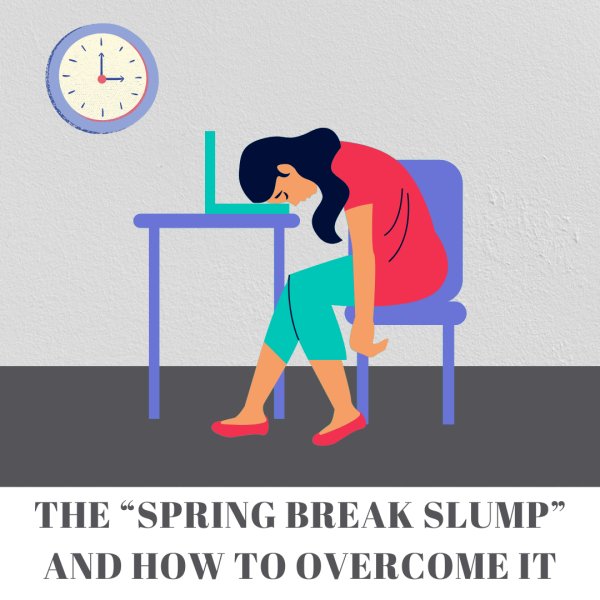Interior Design Tips You Didn’t Know You Needed with Emma Franceschina

September 29, 2021
It can be intimidating trying to develop your own interior decorating style after living at home most of your life. Figuring what the dos and don’ts are of interior design is all a part of the process.
Off-white walls. Box-shaped rooms. Dingy carpet. All these features are some you may know (and hate) about on and off-campus housing. What can you do to make your home away from home more appealing? More useful?
Hailing from Fredrick, Maryland, Emma Franceschina is an Interior Design major enjoying her senior year here at Georgia Southern University. “The interior design program is actually good. I really like all the opportunities you get through it and the professors here really care about what they’re teaching,” said Franceschina.
With an artistic background, Franceschina always knew that she wanted to pursue interior design. It shows through her knowledge of not only decorating but with the mathematical and scientific components of interior design as well.
Let’s check out some of her ideas for improving anyone’s college living space!
Maximize Light
“I know that dorms and apartments – depending on the orientation and the windows it can be kind of dark,” said Franceschina. “Light has been proven to promote productivity and that’s so important in college.”
Not only does increased lighting promote productivity and serotonin, but it can improve your space aesthetically. Don’t shy away from cool lamps, LED strip lights or string lights.
“If you don’t have a big window, then making sure you have light through lighting inside or twinkly lights. Just something to make it brighter and not feel like a prison cell,” said Franceschina.
Minimize Clutter/Make Your Items Functional
Being that college housing is not typically spacious – making the most out of your space is essential. “Most things that you have in your space, especially if it’s a small space, make sure it all has a function,” says Franceschina. “Have a decorative thing on your desk, but also have it have little drawers.
Look around your room. Even if the decorative pieces you have sitting around are “nice” or “cute,” are they really adding to anything? Or just taking up space?
Stick to a Color Scheme
There’s no judgment in going all out with all colors in the rainbow. However, sticking to a color scheme makes it easier to decorate around those colors.
“Pick a color scheme and stick to three. You want to have your base color,” said Franceschina using her beige walls as an example.
“Then you want to have your pop of color. Which would be more of a bright color. You can do that with blankets or pillows. Then pick an accent color or a metal. For example, I have gold mirrors in my room. That’s kind of my accent color.”
Do DIYs
Every dollar counts in college. DIYs can be your best friend when trying to accessorize your space on a budget. Every time you see something you like, research to see if there’s already an existing DIY tutorial.
“Use Pinterest, use Tik Tok, use social media and YouTube,” said Franceschina. These platforms are filled with DIY content that could spice up your space without spending as much.
Add Mirrors
Smaller living spaces and mirrors go hand in hand. “Mirrors add space because it reflects the light and it reflects the space,” said Franceschina. “If you’re in a little tiny little dorm room if you add mirrors your space will feel bigger.”
Like lighting, mirrors can also add more decorative notes to your room without neglecting functionality.
You Need Plants
The rise of plant parenting has become a huge trend in the last few years. And it has its benefits!
Whether real or fake (while real are mostly preferred) can add to your space in an impactful way. “It’s scientifically proven that you’re happier when you have plants around you. It’s called biophilia,” said Franceschina. “Your well-being is surrounded by plants and greenery and things like that.”
Have One Focal Point Wall
“Don’t put stuff on every single wall. Put all your effort into that wall and have that be what you see when you walk-in,” said Franceschina.
Having one focal wall also reduces clutter and decorative chaos. This wall will draw the attention of whoever enters your room and create a cohesive appearance. If you love posters or want to put up all your Polaroid pictures – try to condense them to one designated wall.
No Short Curtains
Curtains that don’t fit the length of the window are not a good look. Not only does it look awkward, but it can make your room look smaller.
“Your room will actually feel taller if you hang them at your ceiling and have them slightly outside of your window,” said Franceschina. “You want to hang them so that it’s slightly wider [than the window] and go all the way to the floor. Your ceiling will feel so tall!”









